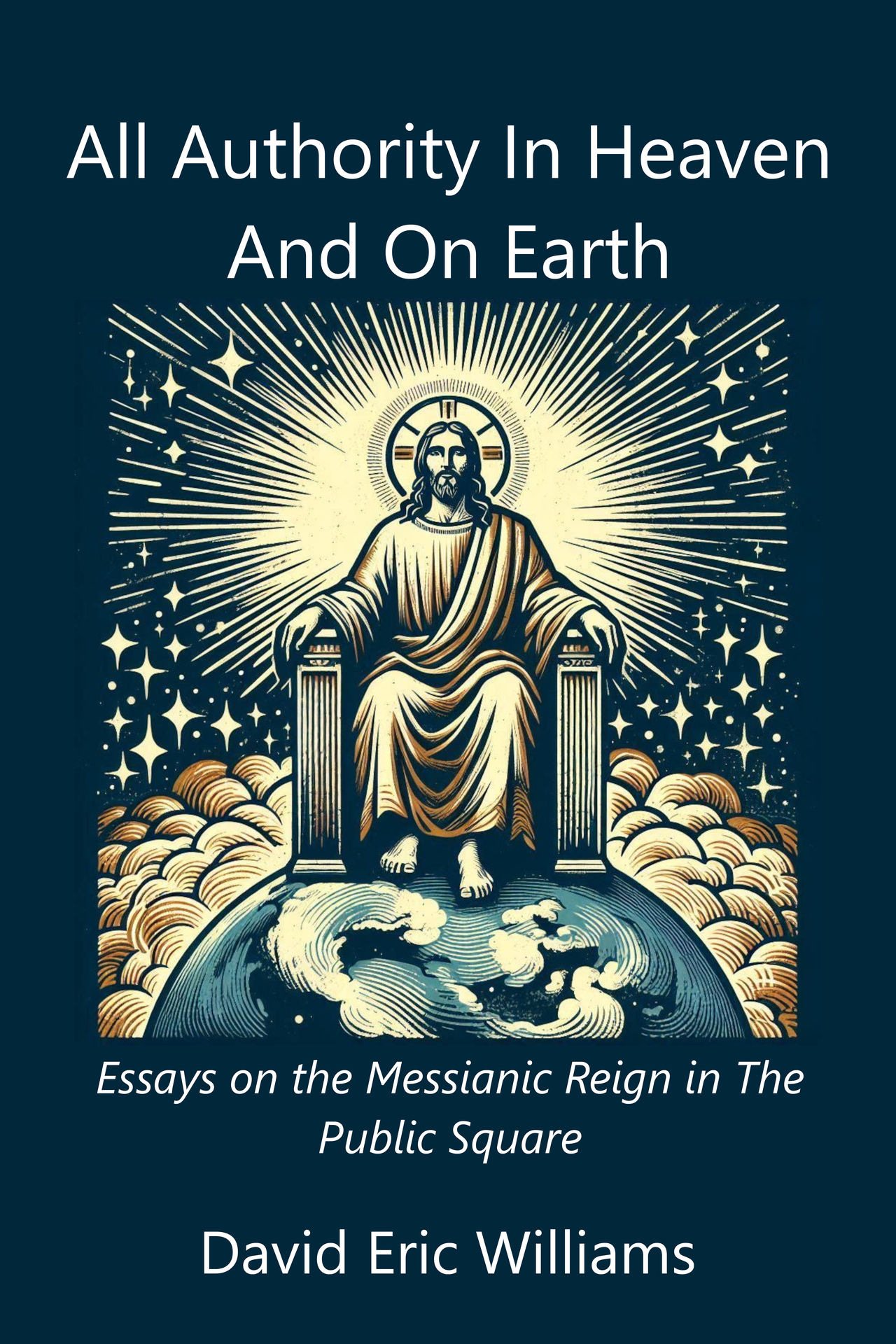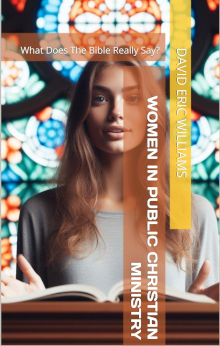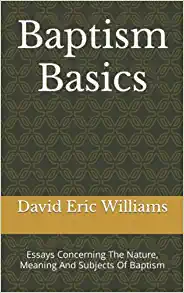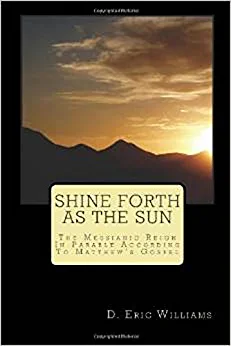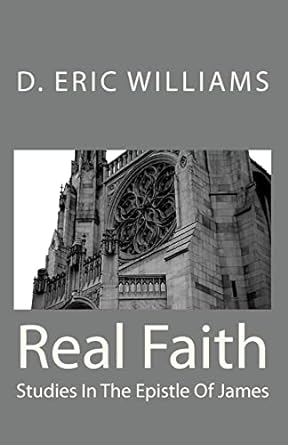COVID-19 Truth For Idaho
© 08.17.20 By David Eric Williams
 The Bible tells us the human heart is the most deceitful of all things, and desperately wicked. Who really knows how bad it is? (Jeremiah 17:9). While this principle is displayed in all aspects of human activity, possession of societal authority often magnifies the problem. One example from the Bible is King Saul. At the beginning of his reign he seemed humble, with a heart to serve (1 Samuel 9:21, 10:21-22, 15:17). As time went by, Saul's primary concern became the increase of personal power. For instance, Saul's shift from glorifying God in battle to the conduct of war for the purpose of personal revenge (1 Samuel 11:13, 14:24).
The Bible tells us the human heart is the most deceitful of all things, and desperately wicked. Who really knows how bad it is? (Jeremiah 17:9). While this principle is displayed in all aspects of human activity, possession of societal authority often magnifies the problem. One example from the Bible is King Saul. At the beginning of his reign he seemed humble, with a heart to serve (1 Samuel 9:21, 10:21-22, 15:17). As time went by, Saul's primary concern became the increase of personal power. For instance, Saul's shift from glorifying God in battle to the conduct of war for the purpose of personal revenge (1 Samuel 11:13, 14:24).
One of the ways God limited the expression of wickedness in the exercise of societal authority is through the creation of separate powers. From the beginning of Israel's existence as a nation, authority was distributed among the family (elders and fathers), state (judges and later kings) and "church" (priests, Levites and prophets). God did not intend for one institution to hold all power over the people. Familial authority was circumscribed by the law and its application in the courts. Kings were required to seek harmony with other institutional authorities (1 Samuel 15:1-3, 16:21-22 and so on) and, in fact, were subject to their censure (2 Chronicles 26:16-18, cf. also the ministry of the prophets). In short, God never intended authority over the corporate body to rest in the hands of a single man or institution. Instead, God planned a distribution of authority and a harmonious system of checks and balances among the various bodies (cf. Proverbs 15:22).
While the Constitution of the United States is not a "Christian" document it does incorporate the biblical principle of the separation of power. The Constitution is not concerned with the family and church but addresses the distribution of power within the civil authority itself. Thus, we have the legislative, administrative and judicial branches of government at the national level. This system of government has been followed to one degree or another by the various states as well. Indeed, the separation of powers within the civil authority is foundational to our way of life.
The erosion of this system at the national level has gone on for generations. However, the individual states have largely remained true to the doctrine of separated powers. That came to an abrupt conclusion in March of this year. With a few notable exceptions, state governors from one end of the country to the other took absolute control of the apparatus of state government and begin to rule unilaterally. While most governors justified their behavior with an appeal to state statutes, the fact remains that in every case it was a gross violation of the principle of divided powers.
In the state of Idaho even an appeal to existing state law does not provide cover for Governor Little's behavior. According to title 46, chapter 6 [46-601 (2)], "during a period of a state of extreme emergency" the governor is given authority to assume autocratic power. While it is true there must be radical changes made to this section of Idaho law, it is also important to recognize that at no time did a "state of extreme emergency" exist in Idaho. There was not then, and there is not now, any empirical proof the severe acute respiratory syndrome coronavirus 2 (SARS-CoV-2) poses a threat worthy of declaring a state of extreme emergency. One way we know this is so is by looking at death statistics for the state. For instance, most of the COVID-19 "pandemic season" in the USA has fallen between the ninth and 31st weeks of this year (the first week of March to the first week of August). If it is true that Idaho has been in the midst of an extreme state of emergency since March, there should be evidence of that. Probably the most reliable indicator is found in the number of deaths by all causes in the state of Idaho for the ninth to the 31st weeks of the year. If an extreme state of emergency exists we should see a dramatic increase in the number of deaths in Idaho over previous years. But what do we see? According to the CDC, 6,553 people died in Idaho from all causes from March 1 2020 to August 1 2020. In 2019 during the same period, 6,350 people died in Idaho – a difference of 203. This is well within statistical norms and reflects the natural yearly increase expected in a rapidly growing population. Does this seem like a state of extreme emergency to you?
We will revisit this topic next week.
Entire Site Copyright © 2025 By David Eric Williams
